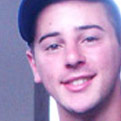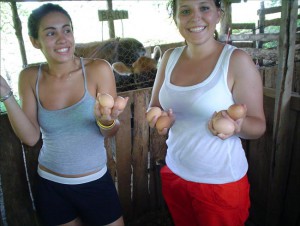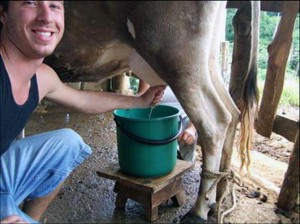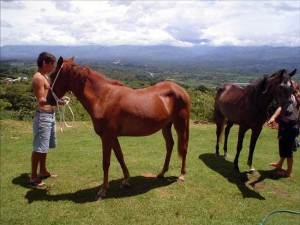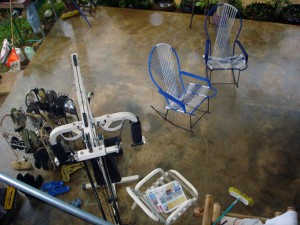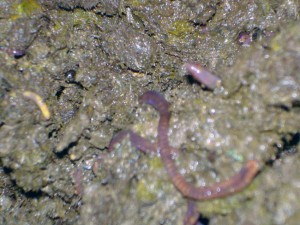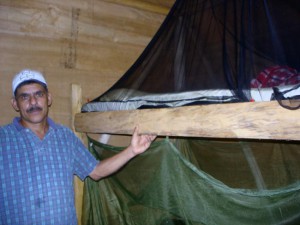Unfortunately most of these things were closed by the time we checked in, but that didn’t stop us from gathering a small crew of fellow travelers and heading over to a local bar together to grab a few drinks.

The next morning we met the uVolunteer program coordinator, Nat, and his wife Meaw. They treated us to breakfast and told us all about the farm we were soon to be working at. They had just visited the farm a few days ago and happily informed us that it was at a beautiful location, the cooking was delicious and there just so happened to be about 15 female volunteers already awaiting our arrival. We were all smiles as Nat and Meaw dropped us off at the bus station.
We arrived at the farm later that evening and were welcomed by Donald, who ran the farm, Xinia, his wife, and the other volunteers. After we put away our bags, we sat down to what was to be one of many great meals cooked by Xinia and then spent the rest of the evening getting to know the “farm family” over hot chocolate and cookies.
The next morning we woke up to the roosters crowing and the geese honking. We ate breakfast and then Donald gave us a tour of the farm. We saw vegetable rows, a pasture for the horses, different types of fruit trees, a frog pond, herbal plants, pigs that produced bio-gas which powered a stove in the kitchen, and of course, Regina the sloth.
Donald explained to us the different farming and conservation techniques he used and how they where better than the methods of the neighboring conventional sugar cane farms.
We could clearly see how rich and fertile his soil look compared to the red and depleted soil just on the other side of the fence. He was very knowledgeable and passionate about his work and hoped that other farmers would use his farm as a model to help better the environment.
After the first day we quickly settled into our finca routine. We woke up early in the morning, ate breakfast, worked for a few hours doing things like planting trees and grasses, took a break for lunch, got back to work for another few hours and then had free time until dinner. The volunteers would take turns helping in the kitchen, both preparing the meals and cleaning afterwards.
Helping in the kitchen was a great time to practice speaking Spanish and also learn a thing or two about cooking.
During free hours there was always plenty to do. When we were tired we’d relax on the hammocks, read, nap, or just hang out with the other volunteers and enjoy the beautiful view. When we felt more adventurous we’d go play soccer with the local school children, hike to the waterfall or go swimming in the nearby river. We also spent some evenings getting dinner in the town of San Isidro when we wanted a more urban atmosphere.
We had two weekends off during our stay. For the first one we went to a beach town called Dominical. Although the surf was small, the beach was still gorgeous and the nightlife was great. Our second weekend we spent in San Gerardo relaxing in the natural hot springs and then hiking up Mount Chirripo, the highest mountain in Costa Rica. It was one of the hardest things I’ve ever done, but immensely rewarding.
My three week stay on the farm felt more like months, but I still wasn’t ready to go once my time was up. I felt very deeply connected to Donald and his family and I felt as if the farm was my new Costa Rican home. Volunteering allowed me to get to know the country through a real Costa Rican family and gave me a feeling of accomplishment that regular tourism never could.
Thank you Nat, Meaw, Donald, Xinia, Max, Larry, Terry and my fellow volunteers for making a trip of a life time.
